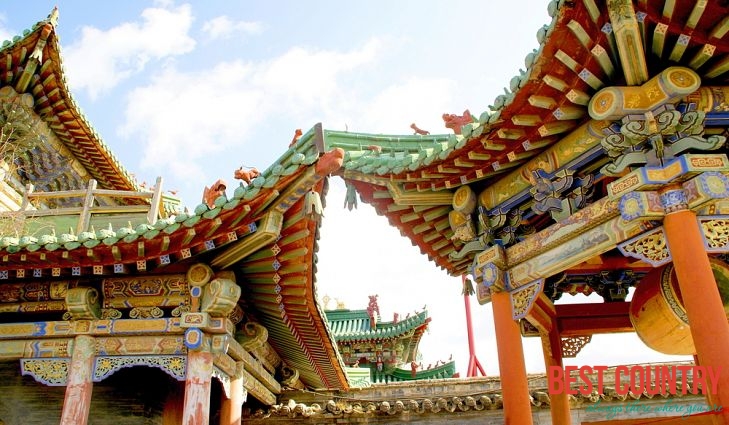Religions in Mongolia

Tibetan Buddhism shared the common Buddhist goals of individual release from suffering and reincarnation. Tibet's Dalai Lama, who lives in India, is the religion's spiritual leader, and is highly respected in Mongolia.
As part of their shamanistic heritage, the people practice ritualistic magic, nature worship, exorcism, meditation, and natural healing. At the beginning of the 20th century, Mongolia had hundreds of Buddhist monasteries and about 30 percent of all men were monks.
Communists led an anti-religious campaign in the 1930s, which nearly destroyed the extensive system of monasteries. Under Communist rule, atheism was promoted and monasteries were closed, although shamanistic practices survived. From 1945 to 1990, only one monastery (Gandan in Ulaanbaatar) was allowed to operate.
Democratic reform that started in 1990 allowed freedom of religion; well over 100 monasteries have reopened, and Kazak Muslims are allowed to practice Islam. Many young people are receiving an education through these traditional centers of learning, and the people are once again able to practice cherished traditions.